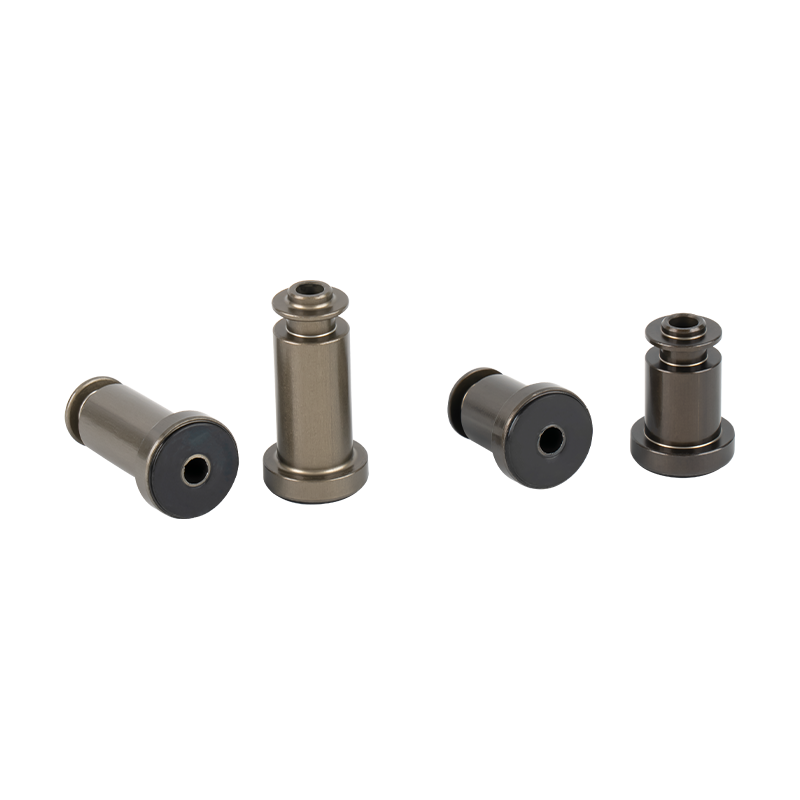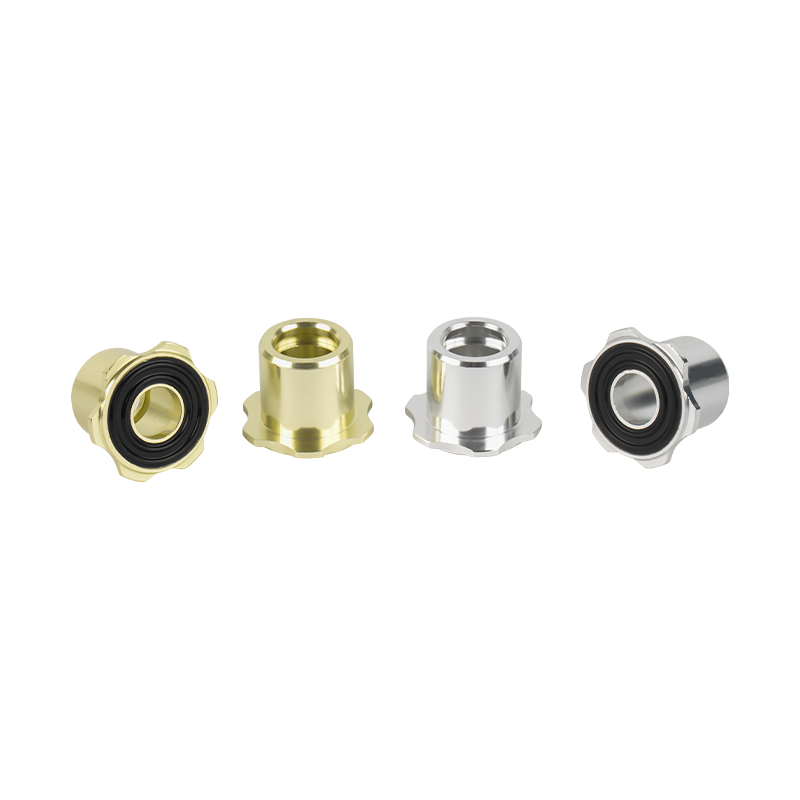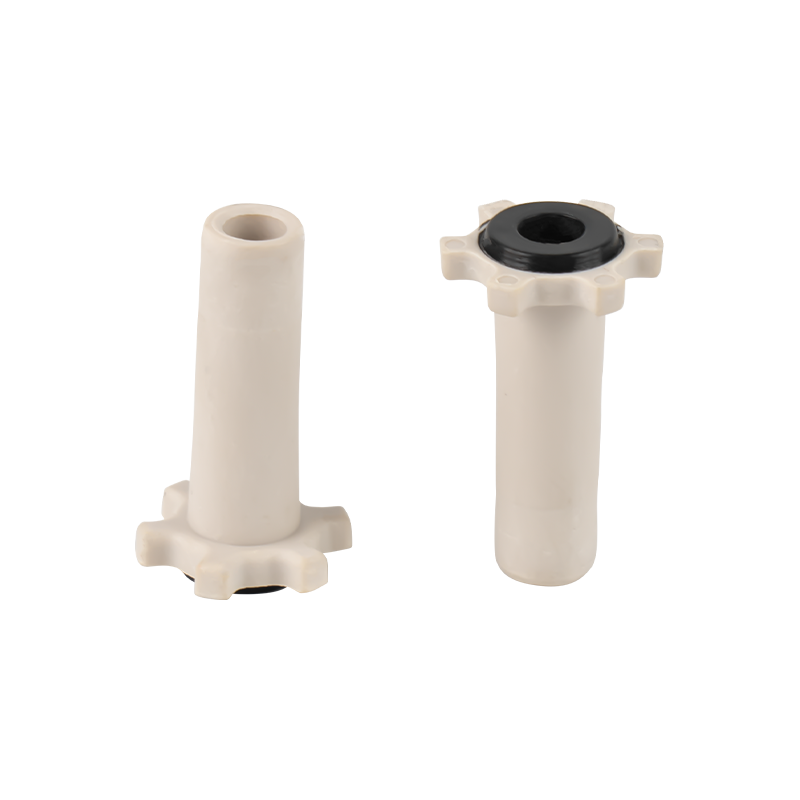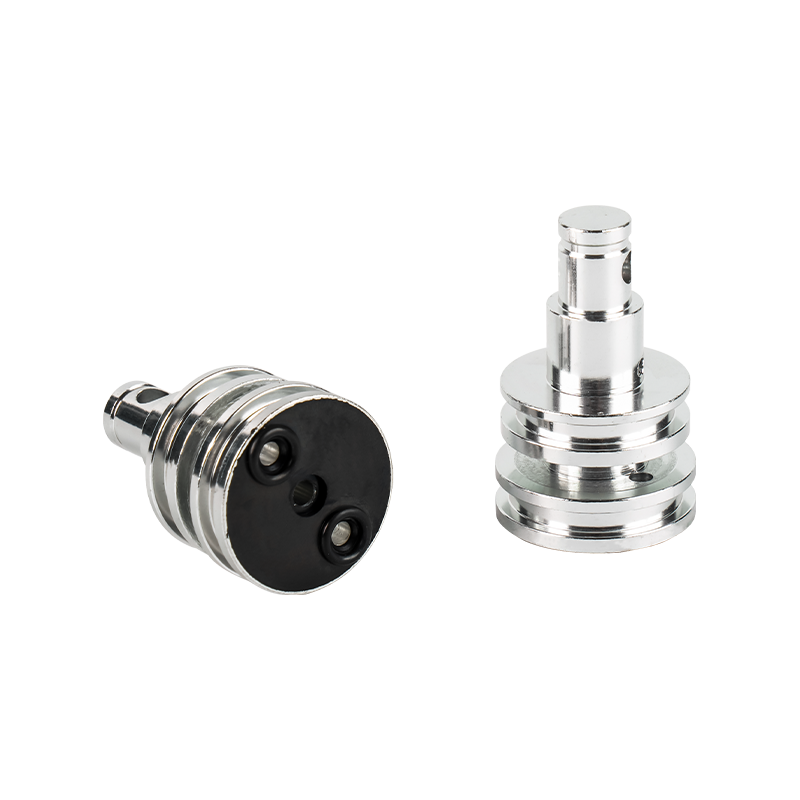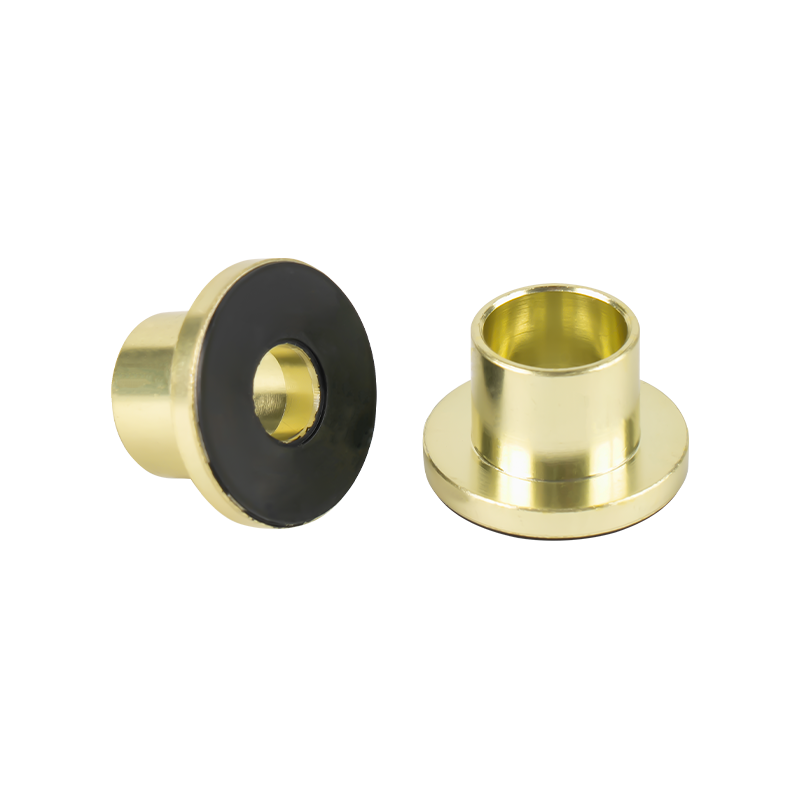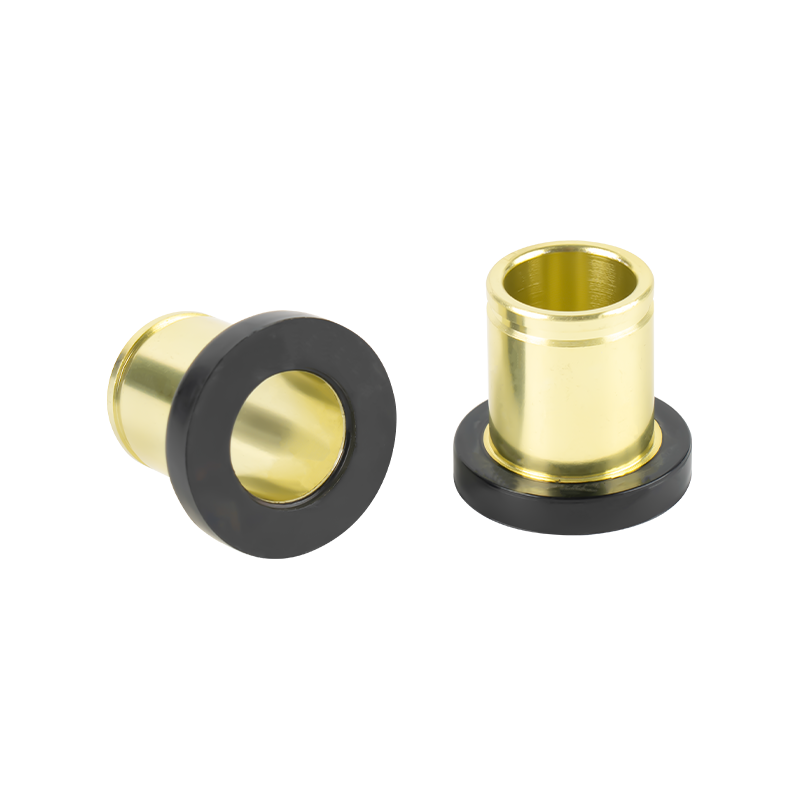Part details: What is Automobile Valve Cylinder Assembly?
2025-09-05
What core components are composed of automotive valve cylinder assembly and what are the functions of each component?
The automobile valve cylinder assembly is a key core component of the engine. It is composed of multiple parts such as cylinder block, valve group, valve transmission group, cooling system component and lubrication system component. The division of labor is clear and closely coordinated.
First of all, the cylinder block, as the basic frame of the assembly, is usually cast from high-strength cast iron or aluminum alloy material, with key structures such as cylinder bores, water jackets, and oil channels inside. The cylinder bore is a "track" for the piston to reciprocate, and needs to be carefully honed to ensure the smoothness and roundness of the inner wall, and reduce the friction loss between the piston and the cylinder wall; the water jacket surrounds the cylinder bore and communicates with the engine cooling system, and takes away a large amount of heat generated when the cylinder is working through the cooling liquid circulation to prevent the cylinder from overheating; the oil channel is responsible for conveying lubricating oil, providing lubrication for the moving parts of the cylinder inside and reducing wear.
The second is the valve group, including intake valve, exhaust valve, valve seat, valve conduit, valve spring and valve oil seal, etc. The intake valve is responsible for opening the intake stroke to allow the combustible mixture (gasoline engine) or air (diesel engine) to enter the cylinder; the exhaust valve opens the exhaust stroke to discharge the combustion exhaust gas out of the cylinder. The valve seat is embedded on the cylinder block or cylinder head and cooperates with the valve seal to prevent gas leakage in the cylinder; the valve conduit provides guidance for valve movement to ensure the coaxiality of the valve opening and closing; the valve spring makes the valve tightly fit with the valve race through elastic force, achieving sealing, and at the same time offsetting the inertial force of the valve transmission group; the valve oil seal is placed on the valve stem to prevent engine oil from entering the combustion chamber and prevent mixture or exhaust gas from penetrateing into the oil passage.
Next is the valve transmission group, which is mainly composed of camshaft, push rod, rocker arm and other components (different engine structures may vary slightly). The cam shaft is designed with a cam profile according to the engine working cycle rules. It drives rotation through the crankshaft, and uses the cam protrusion to push the lifting column and push rod, which in turn drives the rocker arm to swing around the rocker arm axis, ultimately realizing the opening and closing of the valve, accurately controlling the opening time, opening duration and lift of the valve.
In addition, the assembly also integrates the water pump interface of the cooling system, the thermostat mounting base, the oil pump mounting surface, the oil filter interface and other components of the lubrication system to ensure that the cooling and lubrication system can efficiently serve the valve cylinder assembly and the engine as a whole.
How to achieve core functions of the automotive valve cylinder assembly during the engine operation?
When the engine is working, the automobile valve cylinder assembly revolves around the four-stroke cycle of "intake-compression-work-exhaust" and operates in a coordinated manner through the coordinated operation of various components to achieve core functions such as air intake, sealing, heat dissipation and lubrication, ensuring the efficient and stable operation of the engine.
During the intake stroke, the crankshaft drives the camshaft to rotate through a timing system (such as timing belts, timing chains). When the cam protrusion of the camshaft pushes the lifting column and push rod, one end of the rocker arm is pushed up and the other end presses down the intake valve, so that the intake valve is opened against the elastic force of the valve spring. At this time, the piston moves downwards in the cylinder, the cylinder volume increases, negative pressure is generated, and the outside combustible mixture or air enters the cylinder through the intake passage and the opened intake valve, completing the intake process.
After entering the compression stroke, the cam shaft continues to rotate, the cam protrusion breaks away from the push column, the valve spring returns to deformation, and the intake valve is pulled and closed. At the same time, the exhaust valve is always closed, the piston moves upward, compressing the mixture in the cylinder, increasing the pressure and temperature of the mixture, and preparing for subsequent combustion work. During this process, tight sealing between the valve seat and the valve is crucial. If the seal is poor, it will cause the mixture to leak, reduce the compression pressure, and affect the engine power and fuel economy.
During the work stroke, the spark plug (gasoline engine) ignites the compressed mixture, or the diesel engine injects diesel into the high-temperature and high-pressure cylinder through the fuel injector, burns itself, generating huge explosive force to push the piston downward movement, driving the crankshaft to rotate and output power. At this time, the cylinder block of the valve cylinder needs to withstand huge combustion pressure, and its high-strength material and stable structure ensure that the cylinder block will not deform or be damaged; the coolant in the water jacket will continue to circulate, quickly taking away the heat generated by combustion and preventing the cylinder block and valve from failing due to high temperature.
During the exhaust stroke stage, the camshaft drives the exhaust valve to open again, and the piston moves upward, exhausting the combustion exhaust gas out of the cylinder through the exhaust valve and exhaust passage. The timing of opening and closing of the exhaust valve needs to be precisely controlled, which not only ensures that the exhaust gas is fully discharged, but also avoids overlapping interference with the intake process. During the entire working cycle, the lubricating system transports lubricating oil to moving parts such as camshafts, pushposts, rocker arms through the oil path, forming an oil film to reduce friction and wear between the parts. At the same time, the lubricating oil can also assist in heat dissipation and extend the service life of the parts.
What are the differences in valve cylinder assembly in different types of engines (such as gasoline/diesel, naturally aspirated/turbocharged)?
Different types of engines have obvious differences in structural design, material selection and component parameters due to different working principles, combustion methods and performance requirements, so as to adapt to the characteristics of the engine.
In the comparison between gasoline engines and diesel engines, the first thing is the difference in cylinder strength design. Diesel engines adopt compression-ignition combustion, and the maximum combustion pressure in the cylinder can reach 12-20MPa, which is much higher than 6-12MPa of gasoline engines. Therefore, the valve cylinder block of diesel engines usually adopts a thicker wall thickness design, or is made of high-strength creme cast iron to enhance the pressure and deformation resistance of the cylinder; while the gasoline engine cylinder block can be made of lightweight aluminum alloy, which reduces the overall weight of the engine while ensuring strength. The second is the difference in valve group parameters. The intake valve of diesel engines is usually larger than that of gasoline engines to meet the demand for large intake volume (the air-fuel ratio of diesel engines is higher); the exhaust valves need to have stronger high temperature resistance, because the diesel combustion temperature is higher, the exhaust temperature can reach 600-800℃. Some diesel engine exhaust valves will be made of bimetallic composite material (such as the head is heat-resistant alloy) to improve heat resistance.
In terms of the difference between a naturally aspirated engine and a turbocharged engine, the core lies in the cylinder sealing and heat dissipation design. The turbocharged engine increases the intake pressure to 0.15-0.3MPa (or even higher) through a turbocharger, and the combustion pressure and temperature in the cylinder also increase accordingly. Therefore, the sealing requirements of its valve cylinder assembly are stricter: the valve seat and valve are more accurate in matching accuracy, and laser cladding and other processes are usually used to enhance the wear resistance of the sealing surface; the valve oil seal must be made of high-pressure and high-temperature resistant fluoroelastic material to prevent oil leakage. At the same time, the cylinder water jacket design of the turbocharged engine is more complicated, which will increase the number of cooling water channels or expand the cross-sectional area of the water channels. Some will also adopt a multi-layer sealing structure on the joint surface of the cylinder head to enhance the heat dissipation effect and avoid cylinder deformation or valve ablation due to high temperature. In addition, the camshaft cam profile design of the valve transmission group of the turbocharged engine is more radical, and the valve lift and opening duration are longer to match the large intake volume brought by the supercharger and improve the engine power output.
In daily use, how to determine whether the car valve cylinder assembly is faulty and how to maintain it?
During daily use, the engine operating status, instrument prompts and physical inspections can be used to determine whether the vehicle valve cylinder assembly is faulty. At the same time, it is necessary to carry out targeted maintenance regularly to extend its service life.
In terms of fault judgment, first pay attention to the engine running sound: if there is an abnormal noise of "da da da da da", it may be that the valve gap is too large (the valve transmission group is worn) or the valve spring is broken, resulting in a collision sound when the valve moves; if there is a "air leakage" (similar to the whistle sound), it may be that the valve and valve seat are poorly sealed, and the mixture or exhaust gas leaks. Secondly, observe the changes in engine performance: If the power drops significantly and the acceleration is weak, it may be due to insufficient opening of the intake valve (wearing of the camshaft), or the exhaust valve is not closed tightly, resulting in the waste gas backflow; if the fuel consumption increases significantly, it may be due to poor valve sealing and reduced compression pressure, and the engine needs to consume more fuel to maintain power. In addition, it can also be judged by checking the engine oil and coolant: If coolant is mixed into the engine oil (the oil is milky white), it may be that the cylinder water jacket is broken and the coolant penetrates into the oil channel; if engine oil (the oil stain on the surface of the coolant) appears in the coolant, it may be that the valve conduit oil seal is damaged and the engine oil enters the water jacket. These situations indicate that there is a serious failure of the valve cylinder assembly and need to be repaired immediately.
In terms of maintenance, the first thing to do is to change the engine oil and oil filter regularly. The quality and cleanliness of the engine oil directly affect the lubrication effect of the valve transmission assembly parts. It is recommended to replace the oil with the adaptation mark every 5,000-10,000 kilometers in accordance with the requirements of the vehicle manual to avoid aggravation of component wear due to deterioration of the engine oil. Secondly, the valve clearance needs to be checked regularly. After the engine works for a period of time, the valve transmission assembly components will wear, causing the valve clearance to become larger. It needs to be detected and adjusted using a feeler gauge (some engines use hydraulic push columns, which can automatically compensate for the clearance without manual adjustment). Usually, it is checked every 30,000-60,000 kilometers. In addition, pay attention to the maintenance of the engine cooling system, regularly replace the coolant (every 2-3 years or 40,000-60,000 kilometers), clean the scale in the water tank and water jacket, ensure the unobstructed cooling liquid circulation and avoid overheating of the cylinder; at the same time, check the sealing of the cooling system to prevent the coolant leakage and cause abnormal cylinder temperature. For vehicles with a longer service life, it is also necessary to regularly check whether the valve oil seal is aging. If the engine oil is consumed too quickly (commonly known as "burning engine oil") and blue smoke is discharged from the exhaust pipe, the valve oil seal must be replaced in time to prevent the engine oil from entering the combustion chamber and affecting the engine performance.

 English
English русский
русский 中文简体
中文简体


